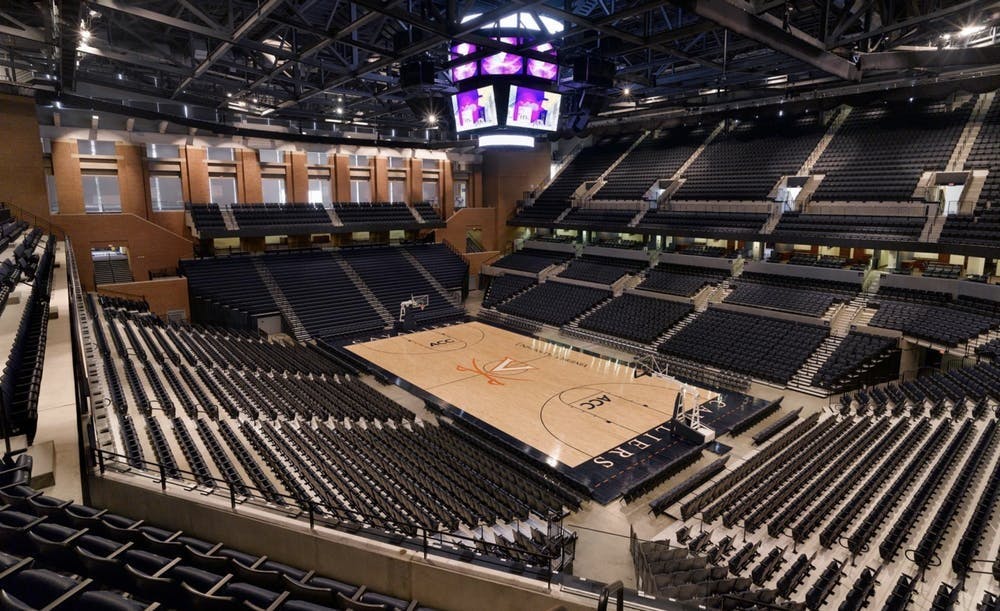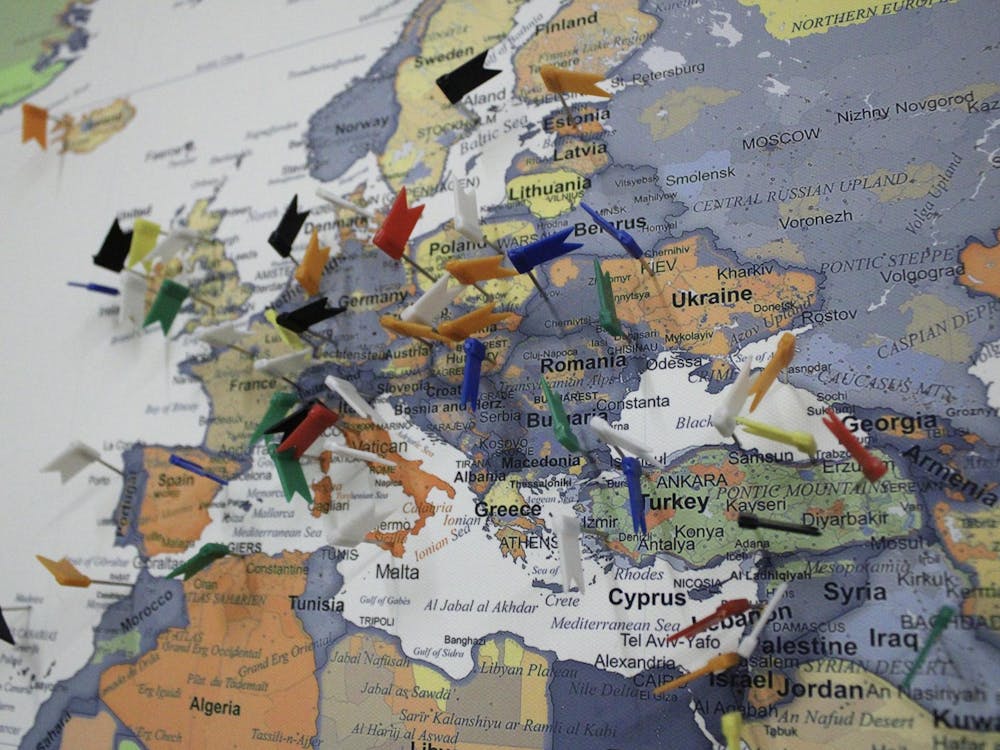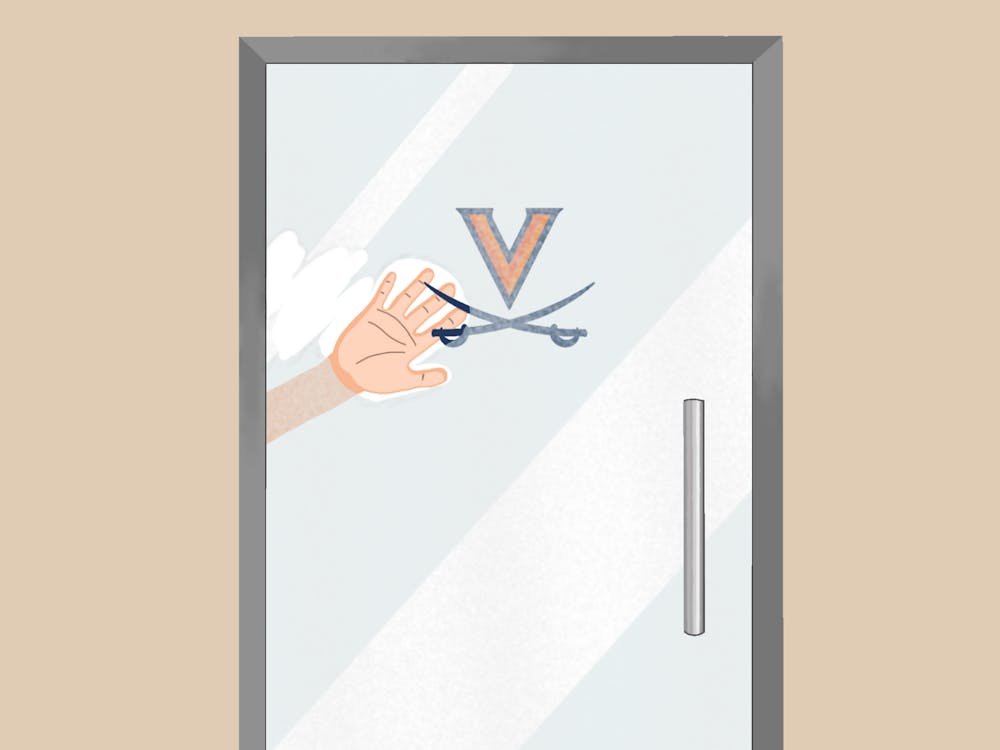March Madness is a lucrative period for schools, bettors, the National Collegiate Athletic Association and just about everybody involved — except the players themselves. As long as the NCAA continues to exploit college athletes under the pretense of amateurism, betting pools and brackets are actually, as sports columnist Dave Zirin notes, “the most economically above-board part of this entire operation.” We need to start recognizing that student-athletes are exploited workers who are currently compensated far below their market value, if at all.
Now is an appropriate time for us to reevaluate our use of the term student-athlete, which was crafted by the NCAA as a way to avoid paying workers’ compensation. It saw its first use after Ray Dennison — who played football on a scholarship for Fort Lewis A&M — suffered a fatal injury during a kick return. In 1957, his widow sought death benefits in court, but the NCAA pushed back against the claim and — successfully painting Dennison as a student-athlete rather than a college employee — they won. Surely to the delight of the NCAA, the term student-athlete has since become deep-seated in our vocabulary, reinforcing the purported amateurism of college sports.
The NCAA would like you to believe that their players are incomparable to employees. However, the working conditions of college athletes closely resemble those of their professional counterparts. They often work full-time hours, are constantly travelling across the country and regularly put their bodies at risk of injury to support a $14 billion industry. As Zirin points out, while college athletes’ social lives, social media activity and academics are usually closely monitored, those competing in the tournament this year will be subjected to an even stricter surveillance culture. Players will be quarantined in hotels and have to wear contact-tracing tracking devices in a “controlled environment” modeled after the 2020 National Basketball Association’s bubble. Yet, unlike their counterparts in the NBA, college athletes have no say in their working conditions.
According to a 2011 Drexel University study, the fair market value of a college basketball player — the amount each would be earning in a completely free market, based on the revenue they bring in — would be $265,027. Yet, while the NCAA makes hundreds of millions of dollars per year on broadcasting rights, 86 percent of college athletes with scholarships live below the poverty line and, despite their scholarships, still have to pay thousands in “out-of-pocket educational expenses” not covered by their scholarships. Meanwhile, as reported by USA Today, the players’ coaches “dominate the list of highest-paid public employees with seven-digit salaries.”
To challenge the feudalistic NCAA and have a say in decisions directly impacting their wellbeing, many college athletes have taken to collective organizing — within the past year, Pac-12 players organized against exploitation, the UCLA football team demanded proper COVID-19 protections and college athletes across the country protested against police brutality and racial inequality. In 2014, Northwestern University quarterback Kain Colter spearheaded an unprecedented union effort with his teammates. According to Vox, the team sought “more coverage for sports-related injuries, allowing players to keep money they earn from sponsorship agreements, and due process when dealing with NCAA infractions.”
Initially, the regional National Labor Relations Board decided that Northwestern scholarship athletes were employees of Northwestern and therefore were entitled to unionize. Peter Ohr, the NLRB regional director, poked holes in the NCAA’s amateurism argument in his ruling, in which he acknowledged that, “[n]ot only” do players spend more hours on athletics “than many undisputed full-time employees work at their jobs,” but they also spend “many more hours” on sports than they “spend on their studies.” However, in 2015, Ohr’s ruling was overturned, but the Board did not rule on whether college athletes are employees. It simply decided that granting a singular private university the ability to unionize while it lacks jurisdiction over public schools, which make up a majority of NCAA Division I teams, would not promote “stability in labor relations.” So, while a more widespread union effort would require a broader coalition, and the process of unionization differs among public schools versus private schools, the door has not closed on collective bargaining for college athletes.
An unjust power imbalance will remain until this is realized, but, promisingly, more are becoming aware of the exploitation endemic in intercollegiate athletics. Even former head of the NCAA Walter Byers, who coined the term student-athlete, is now fiercely critical of his former organization. Byers says that, currently, "[t]he coaches own the athletes' feet, the colleges own the athletes' bodies, and the supervisors retain the large rewards. That reflects a neo-plantation mentality on the campuses that is not appropriate at this time of high dollars." But the oppressive status quo Byers institutionalized and now fights against has been jolted before by collective action. This gives hope for a future in which college athletes demand and receive the compensation that their profitable, laborious work entitles them to. Until they do, we must recognize that the athletes we watch during March Madness are exploited workers at the mercy of their schools and the NCAA.
Robert McCoy is a Viewpoint Writer for The Cavalier Daily. He can be reached at opinion@cavalierdaily.com.
The opinions expressed in this column are not necessarily those of The Cavalier Daily. Columns represent the views of the authors alone.







